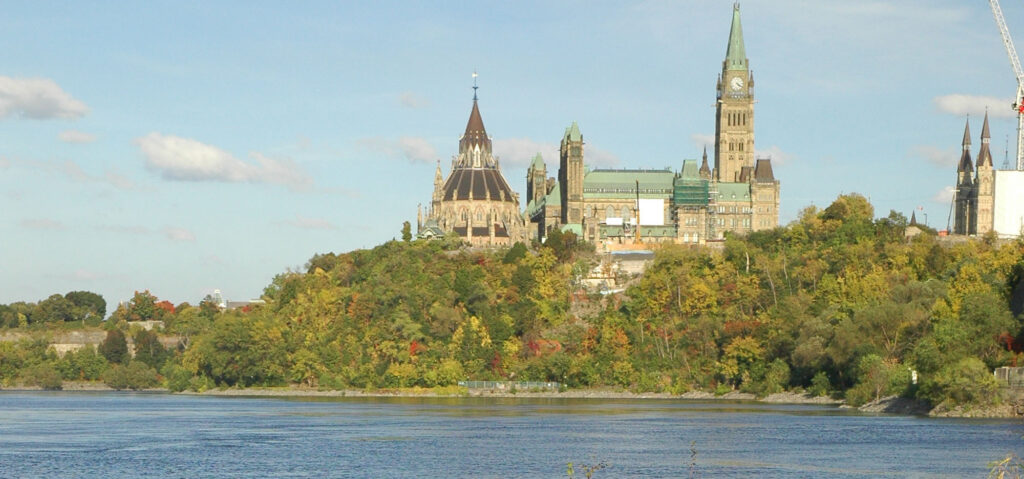
Over the summer of 2016, the Government of Canada has called for public input on the laws and processes that govern freshwater protection.
Leaders across Canada’s freshwater community believe we can do much more to protect the health of Canada’s waters.
West Coast Environmental Law Staff Lawyer Linda Nowlan says restoring the section of the Fisheries Act known as HADD–which prohibits harmful alteration, disruption or destruction of fish habitat–is widely supported by First Nations, fishers, anglers, scientists, conservation groups and coastal communities, and does not require prolonged consultation.
WWF-Canada’s Elizabeth Hendricks describes the troubling trend on the lack of credible data on freshwater health across Canadian waters: “Canada’s commitment to freshwater stewardship, conservation and science-based decision-making is now a national priority. But we can’t act unless we first know what the problems are, and how they’re being made worse.“
In its alternative federal budget, the Council of Canadians highlighted that 73% of First Nations water systems are at high or medium risk of contamination.
The following summary represents responses to several of the questions asked in the government survey. Though the review itself includes much more than just the laws and processes governing freshwater management (including energy regulation and environmental assessment), we have limited our coverage here to the freshwater lens.
The Government of Canada survey will remain open for public comment til August 31st, 2016.
Here is a summary of input collected from expert testimony, submissions and briefings on just some of the topics being consulted:
- Priority items for inclusion in federal review of freshwater laws and regulatory processes.
Should include a full review of all Canada’s impact legislations including CEAA, Fisheries Act, and Navigation Protection Act (formerly Navigable Waters Protection Act).
The purposes of these acts is to protect the health and integrity of Canada’s valued ecological spaces (freshwater, clean air, wild spaces) this should be the outcome the acts successes are measured against.
A high degree of public decision-making and accountability.
Communities impacted by projects should have the right to say no
Strong criteria and triggers for when a project should NOT be approved.
Cumulative impact of developments.
Nation to nation decision making with Canada’s indigenous peoples.
On the protection of fish and habitat.
Immediate restoration of Lost Protections for Habitat and Fish.
Restore prohibition against destroying fish.
Establish policy goal of “Net Gain” of habitat.
Designate essential fish habitat that cannot be destroyed or compensated.
Require habitat monitoring.
Restore protection for all native fish and fish that sustain First Nations food, ceremonial and social needs, not just those that are part of or support a fishery.
Re-establish environmental assessment triggers.
Strengthen regulatory oversight of minor works and minor waters.
Limit the Ministers’ regulatory powers.
Acknowledge Indigenous rights and the need for reconciliation.
Strengthen provisions for co-management.
Guide and limit discretion through sustainability guiding principles and purposes.
Expand guiding principles to include sustainability principles.
Include purposes, such as rebuilding depleted fish stocks and preventing overfishing.
Allow for delegation of monitoring and enforcement powers to Indigenous and coastal community groups.
Create a public registry of habitat authorizations, and other key Departmental decisions.
Increased enforcement.
On the protection of navigation
Put water back into navigation!
Broaden the Number of Protected Waterways covered by the act.
Acknowledge Indigenous rights and the need for reconciliation.
Re-establish environmental assessment triggers.
Reinstitute mechanisms for accountability, transparency and public participation in the Act.
Increased resources to enforce dumping provisions in the 2012 amended act.
Reinstate NPA requirements for pipelines and powerlines to assess the navigation impacts of pipelines.
Remove the Acts over-reliance on common-law as mechanism for enforcement. Ensure proactive enforcement of the Act.
On public participation
Improved public notification and timelines.
Increased ability to participate in public hearings and reviews.
Requirement for impacted communities to give consent to projects.
Institute a Nation-to-Nation process designed for approving or declining projects.
Resources:
West Coast Environmental Law’s “Scaling up the Fisheries Act”
Northern Confluence’s letter to former minister of Fisheries Hunter Tootoo endorsed by 70 organizations and scientists on immediate reforms needed to the Fisheries Act.
- “12 pillars of a next generation of Canadian environmental assessment,” outcomes of a national environmental assessment reform summit.